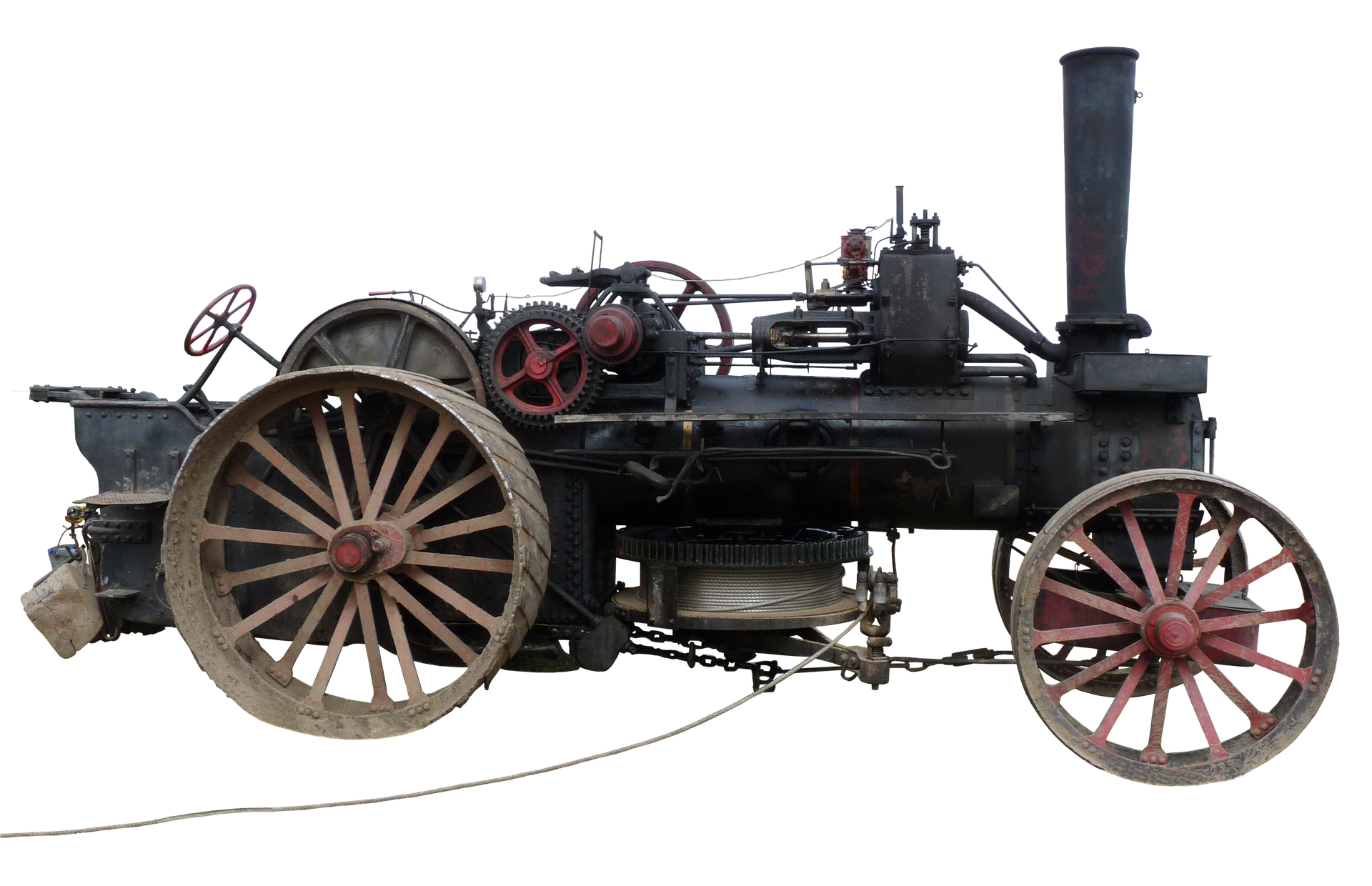

This revolution witnessed the rise of electronics, telecommunications, and computers. Year 1969: 3rd Industrial RevolutionĪlmost a century later, the third industrial revolution emerged. Steel is often cited as the first of several new areas for industrial mass-production, it gradually grew to include chemicals including petroleum (refining and distribution), and, later, automotives. They also began using many natural and synthetic resources, most of which has not been used until then. In the late 19th and 20th centuries, industries began powering productions with electricity, replacing steam from the previous revolution. Within this era, some technologies from the previous one is still being utilized. Mass Production, Assembly Line, and Electrical Energy In Britain by 1800 an estimated 10,000 horsepower was being supplied by steam. The revolution centred in production of iron, coal, and textiles which makes the development of the stationary steam engine an important element. This, of course, sparked ideas to the businessmen who capitalized by selling the idea to other countries. The country was aware of their head start and wanted to keep it that way that they even forbade export of machinery, techniques, and skilled workers. Industrial Revolution began in 1760 to 1830 but was only within Britain.

This on going process has now resulted to more advanced development of machine tools and of course, the rise of Smart Factory System. But how exactly did this affect the world from the time it was conceived? Continue reading to learn more. From hand production methods to machines, to new chemical manufacturing and iron production processes, up to the increasing use of steam power. The Industrial Revolution was the transition to new manufacturing processes.


 0 kommentar(er)
0 kommentar(er)
